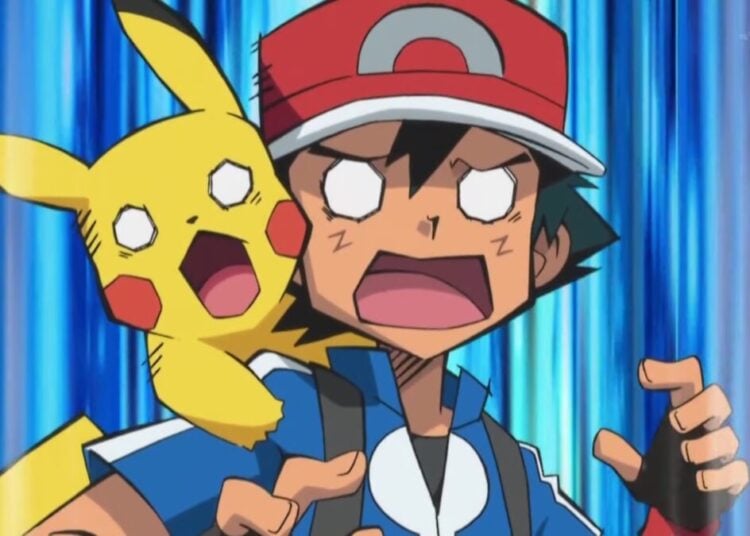Strangely enough, you can learn a lot about Japan through its first and second person pronouns: there are several of each for use by different individuals depending on the “TPO,” or time, place, and occasion. For the pronoun “I” you could choose from watashi (私, formal, used more often by women, also read わたくし), boku (僕, semi-polite, usually used by younger males), and ore (俺、OH-reh, mainly used by “manly” men); and words for “you” include anata (あなた、formal, used by women more often than men); kimi (君、familiar, used by guys to their girlfriends or by anyone talking to a younger person, and just because the character also means “Emperor” don’t think it’s okay to use this word with him); and omae (お前, oh-MAH-eh, again, a “macho” sounding word generally used by guys). This last word is especially interesting since it basically asserts the superiority of the speaker over the person he’s speaking to, a concept that doesn’t exist in English, at least openly. When a man uses the word omae to a female he’s got a relationship with, the implication is that the girl “belongs to” him in a romantic sense. This generally will make some girls swoon with affection, while others — those who speak more English and have lived outside of Japan — may be offended by being thought of as an object to be possessed. I once got in quite a bit of trouble when I accidentally used this word with a friend’s girlfriend soon after arriving in Japan. Who would have thought that words like “I” or “you” could be so complex?
J-List’s manga and photobook meister Yasu just got back from a trip to Hawaii, where he spent a week with his wife and two daughters. Hawaii is, of course, a major destination for Japanese travellers, and the monthly number of tourists from Japan is tracked as if it were an economic indicator like the Consumer Price Index. In a way, Hawaii is perfect for Japanese tourists because it’s a part of the U.S. without being all the way across the Pacific, so it’s a lot more accessible. Also, the high amount of Japanese fluency at hotels and other places frequented by tourists makes the place a lot less threatening for travelers who might otherwise be overwhelmed. The most popular island with Japanese tourists is Oahu, which has plenty of beaches for fun seaside activities, and during peak times of year the place is fairly brimming with J-tourists. The history of Japan and Hawaii have been intertwined for a long time, starting with waves of immigration of Japanese workers at sugar plantations in the 19th and 20th centuries. Now, there are more than a few actors and singers active in Japan who grew up in the Japanese communities that comprise 16% of the local population of the state. I guess being a Japanese raised in Hawaii adds an “exotic” flavor, and being fluent in English can’t hurt a person’s career, either.
T-shirt featuring this cool design. Shirts for guys and girls are both posted on the site right now.















